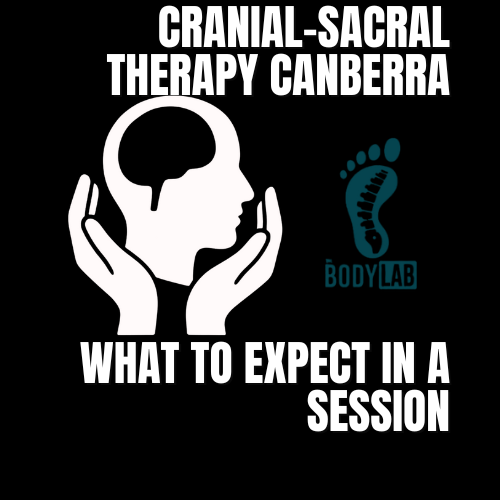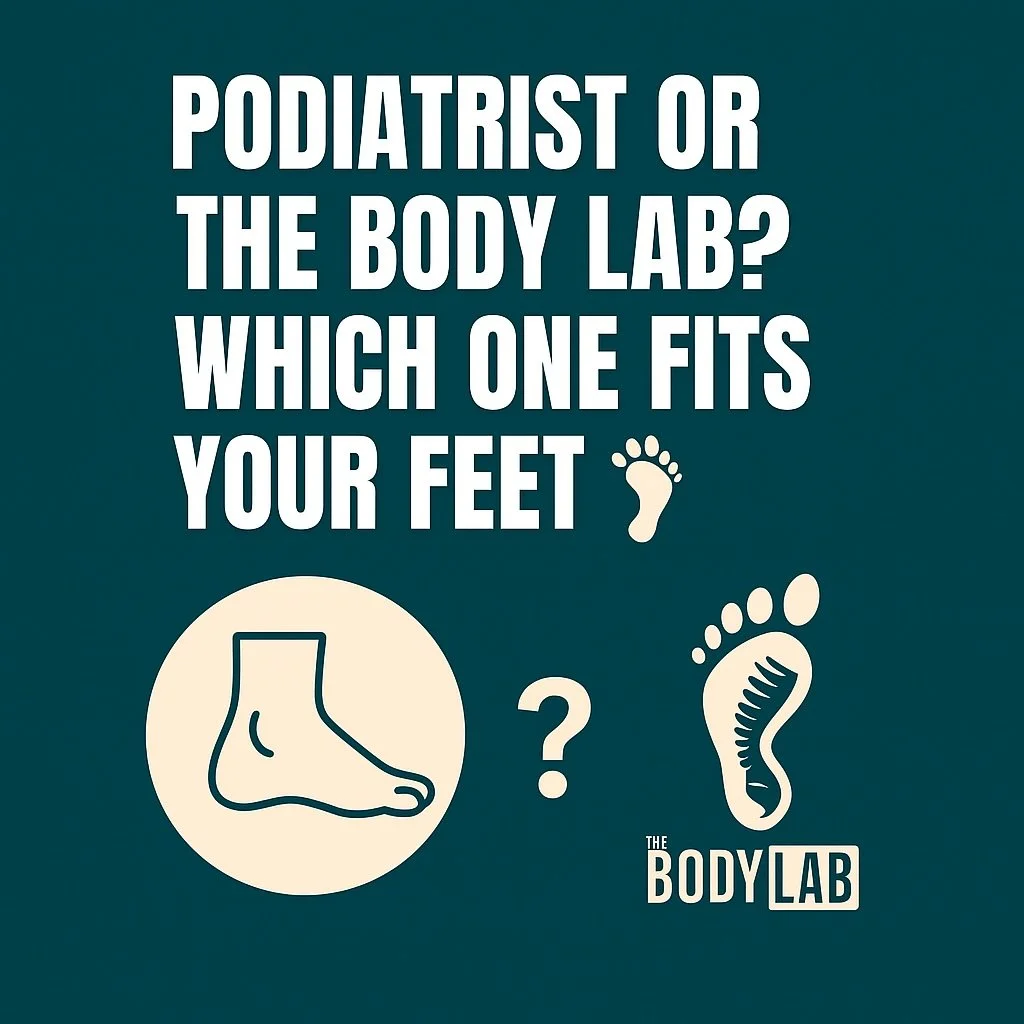Hammer Toes: Why Your Toes Are Acting Out (and How to Fix Them!)
Written by Riccardo Galeotti, your go-to expert for Canberra acupuncture and foot fixes.
Let’s talk about hammer toes – no, not the kind you use for DIY projects, but those pesky bent toes that feel like they’re on strike! About 3% of adults deal with these painful foot rebels, and while they sound harmless, they can lead to some serious discomfort if left untreated. So, why do our toes decide to curl up like they’re auditioning for a claw-footed monster role? Let’s dive in!
What’s a Hammer Toe, Anyway?
Hammer toes are what happens when your toes (usually the second, third, or fourth) decide to bend at the middle joint, looking more like little hammers than happy, straight toes. There are two kinds:
Flexible Hammer Toe: You can still straighten it with a bit of force. It’s like your toe is saying, “I’m bendy, but I could still be convinced.”
Rigid Hammer Toe: No amount of pushing will fix it. This one’s like the stubborn friend who refuses to move even when the party’s over.
Hammer Toe’s Sidekicks: Mallet Toe and Claw Toe
It’s not just about hammer toes! Let’s introduce you to their sneaky cousins:
Mallet Toe: This one buckles at the tip, mostly affecting the second and third toes. You might find some blisters underneath the nail bed – not fun!
Claw Toe: As the name suggests, it curls like a claw. Both toe joints bend, and your shoe loves rubbing against the top of the joint, causing calluses. Yay!
Why Do Hammer Toes Happen?
Your toes don’t just decide to strike for no reason. Hammer toes are caused by muscle imbalances, foot injuries, or wearing shoes that are way too tight (we’re looking at you, high heels!). But that’s not all—hereditary factors, arthritis, diabetes, and even having a longer second toe can put your feet at risk of becoming hammer time central.
Symptoms That Scream “Hammer Toe”
• Pain in the top of your toe, especially when wearing shoes.
• Redness, swelling, and corns (as if you needed more toe drama).
• Trouble moving your toe, or worse, feeling like it’s stuck in one position.
• In severe cases, sores might form on top or at the tip of the affected toe.
Treatment: How The Body Lab Can Help
First off, ditch the tight shoes! Go for something with a wide toe box that won’t turn your feet into a squashed mess. Next, get professional help. At our The Body Lab clinic, we’ll assess the whole foot (and even your knees) to figure out what’s going on. Most treatments for hammer toes are non-surgical, focusing on muscle balance, foot mobilisation and therapy to elongate those rebellious tendons.
Don’t Let Your Toes Keep You Down!
If you’re dealing with hammer toe pain, it’s time to take action. Our treatments can help restore balance to your feet, relieve pain, and prevent those toes from turning into permanent hammers.
Book a free callback today, or visit us at our Canberra clinic and get your toes back in line – literally!
Can you really fix years of bad posture? Yes — absolutely. Your body is adaptable at any age, and with the right movement strategy, strengthening, mobility work and expert posture assessment, long-term improvements are not only possible but surprisingly achievable. Learn how to correct rounded shoulders, forward head posture, pelvic tilt and spine stiffness, and why clients across Canberra come to The Body Lab for posture and movement therapy.
Ever wondered what actually happens during a cranial-sacral therapy session? At The Body Lab Canberra, we combine gentle CST with nerve releases and acupuncture — a unique approach you won’t find anywhere else in Canberra. Discover what a session feels like, how it helps headaches, TMJ, anxiety, concussion recovery and that “not quite right” feeling your body hasn’t been able to explain.
Induction rates in Canberra are higher than ever — but that doesn’t mean you’re out of options. This guide explores why births are being induced more often, what it means for your labour, and how acupuncture can naturally support cervical ripening, reduce stress, and help your body prepare for birth on its own timeline.
Tired of shin splints ruining your game? Discover the real causes behind shin pain and how The Body Lab helps footy, soccer, and league players move better and recover faster.
Every step you take depends on a brilliant piece of foot engineering called the Windlass Mechanism. This dynamic system—driven by your plantar fascia and big toe—lets your arch lift, your heel rise, and your body move efficiently. In this deep dive, Riccardo from The Body Lab Canberra explains how it works, what happens when it fails, and how to restore effortless motion through smarter foot mobility exercises and biomechanical insight.
Posture correction in Canberra doesn’t mean endless stretching or nagging to “sit up straight.” The Body Lab offers a biomechanics-based, movement-first approach that treats the root cause of neck and back pain through assessment, manual therapy, and posture retraining.
If bunion pain is limiting your movement, The Body Lab Canberra offers a smarter solution. Instead of relying on orthotics or surgery, Riccardo Galeotti uses biomechanics, gait retraining, and hands-on therapy to help you move freely again — from the ground up.
Podiatrist or The Body Lab Canberra? Learn how Riccardo Galeotti treats foot pain and plantar fasciitis through biomechanics and movement — not just needles or orthotics.
Knee pain isn’t just a knee problem. At The Body Lab Canberra, Riccardo Galeotti uses biomechanics, gait analysis, and tailored movement therapy to restore pain-free motion.
Curious if The Body Lab’s biomechanics workshops are right for you? Whether you’re a health professional looking to deepen your understanding of functional movement, or simply someone who wants to learn how their body really works, these hands-on workshops offer a unique approach to biomechanics — blending science, movement, and practical application from the ground up.
Protein isn’t just about muscle — it’s the chemistry behind movement, mood, and recovery.
At The Body Lab Canberra, we explore how amino acids like tryptophan, tyrosine, and glutamine fuel your brain, support your nervous system, and rebuild your body from the inside out. Learn the science, discover the best food sources, and see how protein underpins everything from stress recovery to smooth, coordinated movement.
Bunions aren’t just bumps. At The Body Lab Canberra, we treat the real cause — poor movement. Learn how exercise therapy and biomechanics can restore your feet naturally.
At The Body Lab, every treatment begins by calming your nervous system — because movement starts with safety. Through gentle nerve releases and neural mobilisation, we help your body shift from tension to flow, restoring fluid motion and connection. Discover how science backs the idea that “motion is lotion for your nerves” and why our Foundational Movement, Advanced Biomechanical, and Movement & Longevity Roadmap sessions all start with one goal: helping your nerves feel safe to move again.
Physio or The Body Lab? Compare Canberra’s movement options. Learn when to see a physiotherapist for acute injuries or Riccardo Galeotti for chronic pain and complex movement issues.
Did you know exercise changes your brain chemistry? A Tasmanian study has found that vigorous activity lowers levels of GFAP, a protein linked to dementia risk. This means that running, swimming, or any activity that gets you puffing could help keep your brain younger for longer.
Tendons love load—but only in the right amount. This guide explains how exercise prescription based on tendon strain can improve Achilles and patellar tendinopathy, with practical exercises, timelines, and tips for older adults in Canberra.
Discover how posture alignment in Canberra can be restored through mobility and core strength. Learn the latest research on diastasis recti, why mobility comes first, and how The Body Lab’s programs help you move better, reduce pain, and build lasting stability.
Ever feel like your desk is plotting against you? Poor workstation setups cause back pain, stiff necks, and endless discomfort. The fix? A few smart tweaks to your chair, desk, and daily habits. This guide breaks down the ideal ergonomic workstation setup—from sitting and standing desk posture to office chair ergonomics and healthy work habits. Plus, discover how our Canberra ergonomic workshops can help you fine-tune your setup and work without the aches.
If your first steps in the morning feel like walking on Lego or your arches ache after a day on your feet, we can help. At The Body Lab, we treat heel pain and foot problems with a movement-first approach that calms irritation, restores strength, and retrains how your feet move. Backed by current research—and taught by us to therapists nationwide—our programs build resilient, pain-free feet without the endless cycle of expensive orthotics.



















